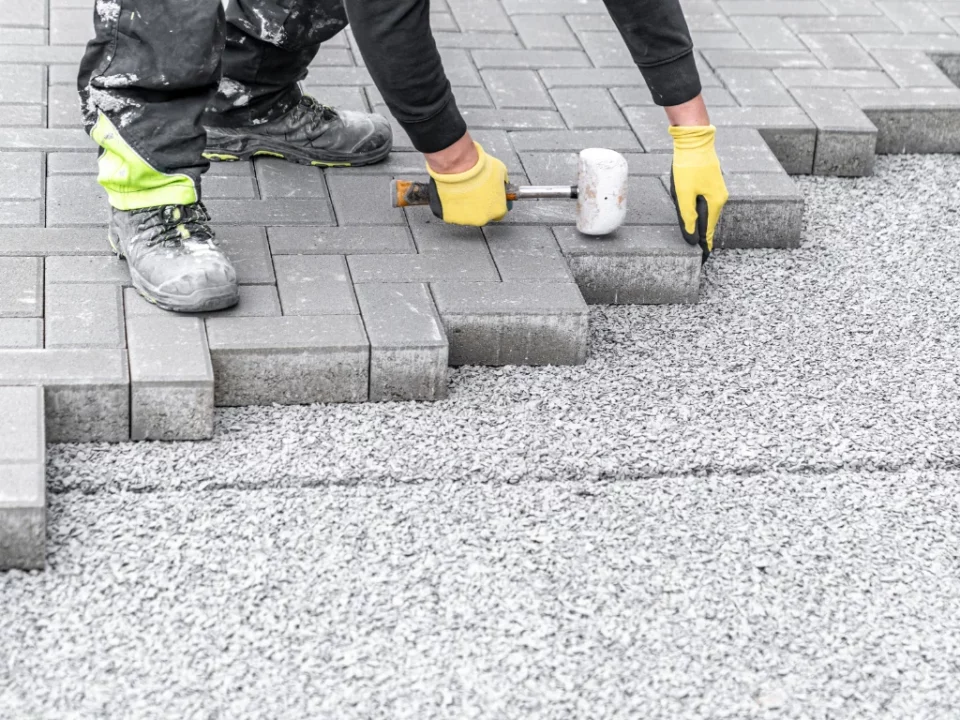Pavers installation is an excellent way to improve the aesthetic and functionality of your outdoor space, whether it’s a driveway, patio, or pathway. However, like most construction projects, the key to achieving a durable, long-lasting result lies in the preparation. In this article, we will explore how proper preparation can enhance your pavers installation results and ensure that your investment stands the test of time.
The Importance of Proper Ground Preparation
One of the most critical steps in enhancing your pavers installation results is preparing the ground. Without a solid foundation, your pavers will be susceptible to shifting, sinking, and cracking over time. Proper ground preparation starts with clearing the installation area of any existing grass, rocks, roots, or debris. Ensuring a clean, level surface is essential to creating a strong base for your pavers.
Once the area is cleared, the next step is grading the ground. A slight slope, ideally about 1 inch for every 4 feet, is necessary to ensure proper water drainage. This slope will prevent water from collecting between the pavers, which could lead to erosion or instability. Using a level tool or string line will help ensure that the surface is even and properly sloped for optimal drainage.
Additionally, compacting the soil before laying the base material is crucial. This step ensures that the ground underneath is firm and stable, reducing the likelihood of paver shifting or settling in the future. Using a mechanical compactor will help achieve the necessary firmness for a reliable foundation.
Choosing the Right Base Materials for Stability
Another significant factor in enhancing your pavers installation results is selecting the right base materials. The base layer is responsible for providing stability and support to the pavers. Typically, crushed stone or gravel is used for the base material, as it offers excellent drainage properties and creates a firm foundation for the pavers to rest on. This layer should be spread evenly to a depth of about 3 to 4 inches, depending on the size of the pavers.
After the base material is laid down, a layer of sand is spread on top. This sand layer serves as a cushion for the pavers and helps to keep them level. It also makes it easier to adjust the pavers during installation. Once the sand is spread, it should be lightly compacted to create a smooth, stable surface for the pavers.
Proper preparation of the base materials not only enhances the stability of your pavers but also ensures that the surface remains level over time. An uneven base can result in gaps or misalignment between pavers, leading to an uneven, unsightly surface.
In conclusion, proper preparation can enhance your pavers installation results by ensuring a stable, level foundation that will keep your pavers in place for years to come. By focusing on the ground preparation and choosing the right base materials, you set the stage for a successful installation that will enhance your outdoor space. Proper planning and attention to detail during the preparation phase will ultimately lead to a long-lasting and visually appealing result.
Read More:
The Ultimate Guide to Preparing Your Space for Pavers Installation






